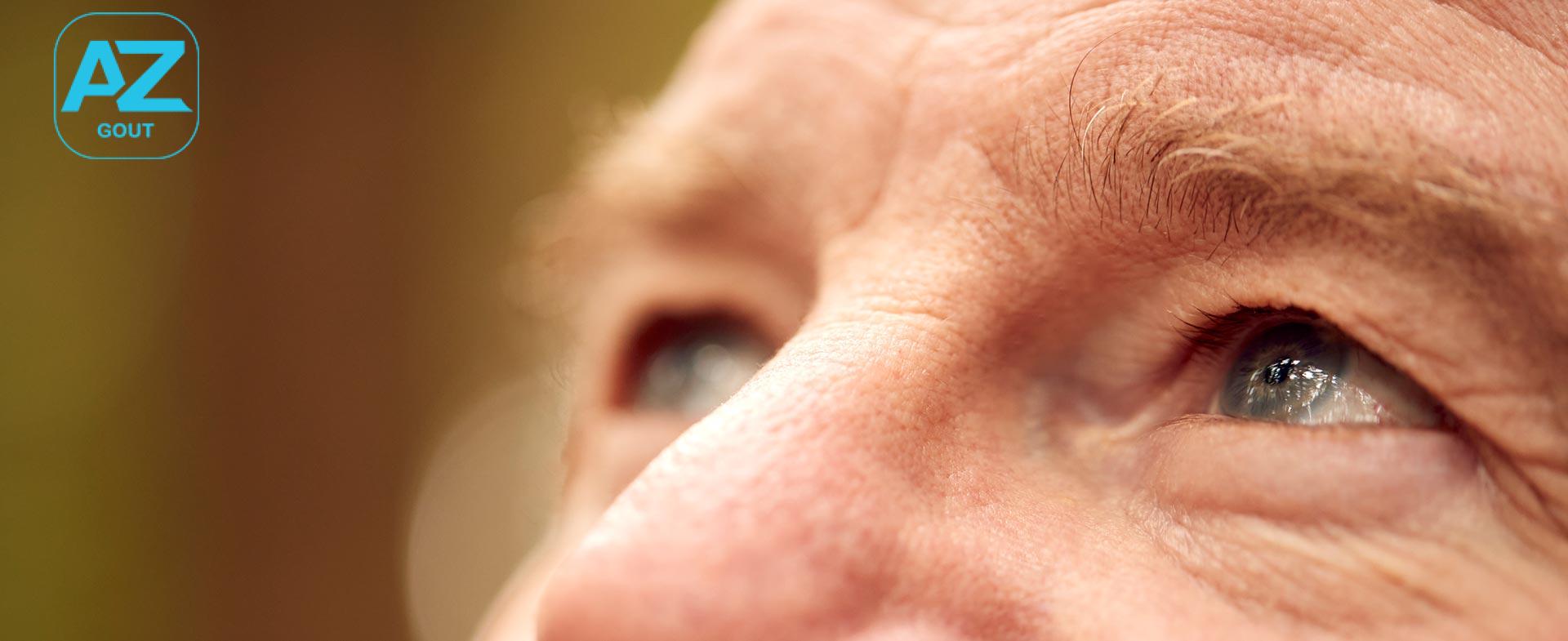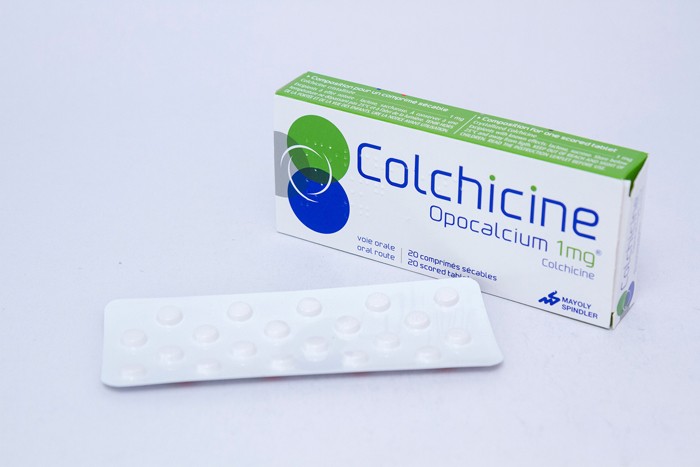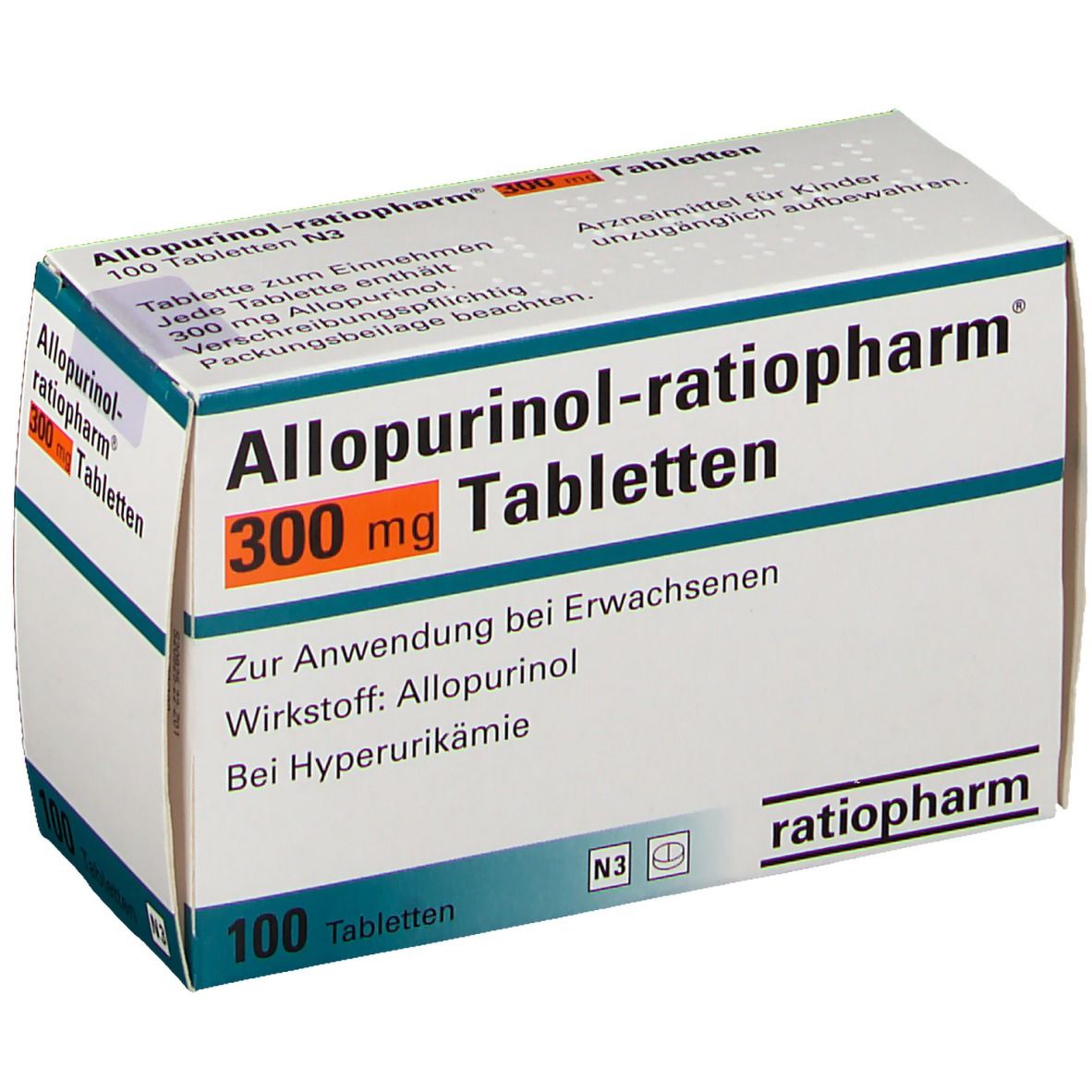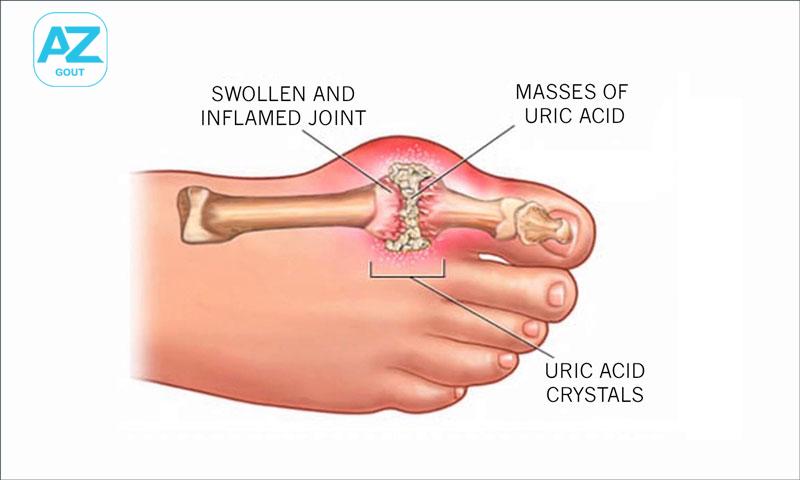
Retinal detachment, while less common than cataracts, diabetic retinopathy, or glaucoma, is a serious eye condition. It can develop rapidly and, if left untreated, may lead to permanent vision loss. Here’s what you need to know about retinal detachment, including risk factors and preventive measures, as explained by Dr. Paul Edwards, an ophthalmologist at Henry Ford Health.

What Is Retinal Detachment? The retina is a crucial part of your eye, lining the back wall and responsible for vision. “The retina contains photoreceptors that respond to light, sending electrical signals to the brain to create images,” says Dr. Edwards. For proper functioning, the retina must remain firmly attached to the eye’s back surface to receive essential nutrients and blood supply. “If the retina tears or becomes scarred, it can begin to peel away, much like wallpaper coming off a wall,” Dr. Edwards explains. This detachment disrupts the blood supply and damages retinal cells.
Recognizing the Signs of Retinal Detachment Retinal detachment can be asymptomatic initially and may not cause pain. However, as the condition progresses, you might notice:
- New floaters (spots, squiggly lines, or “spider webs” in your vision)
- Flashes of light
- Shadows or a “curtain” effect, typically affecting peripheral vision
If you experience these symptoms, seek medical attention immediately. “Retinal detachment requires treatment by an ophthalmologist,” Dr. Edwards advises. “If you don’t have an ophthalmologist, go to the nearest emergency room. Early intervention can often save both your retina and your vision.”
Who Is At Risk for Retinal Detachment? Certain factors increase your risk of developing retinal detachment, including:
- Age: As you age, the vitreous gel in your eye becomes more fluid and can pull away from the retina, potentially causing a tear.
- Eye or Face Trauma: Injuries from accidents or sports can damage the retina.
- Eye Surgery: Previous surgeries for cataracts or glaucoma elevate your risk.
- Family History: A family history of retinal detachment can increase your risk.
- Nearsightedness: Individuals who are nearsighted have thinner, more stretched retinas, making detachment more likely.
- Other Eye Conditions: Diseases such as diabetic retinopathy, retinoschisis, or lattice degeneration can increase the risk of retinal problems.
- Previous Retinal Detachment: If you’ve had a retinal detachment before, you are at higher risk of recurrence.
Preventing Retinal Detachment While you cannot always prevent retinal detachment, you can take steps to reduce your risk:
- Regular Eye Exams: Schedule comprehensive eye exams with an eye care provider. “Your exam frequency depends on your age and health,” says Dr. Edwards.
- Immediate Treatment: Seek prompt medical care if you notice sudden vision changes or sustain an eye injury.
- Manage Chronic Conditions: Keep conditions like diabetes and high blood pressure under control to protect your eye health.
- Eye Protection: Wear appropriate eye protection during activities that pose a risk of injury.
The Importance of Eye Care Your eyes play a vital role in daily life and deserve regular care. “Many people prioritize general health checkups but overlook regular eye exams,” notes Dr. Edwards. “Eye care is crucial to overall health, and regular visits can help detect and address issues early, preventing serious vision problems.”
For more information on maintaining eye health and preventing conditions like retinal detachment, consult with your eye care provider.








